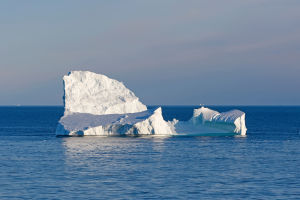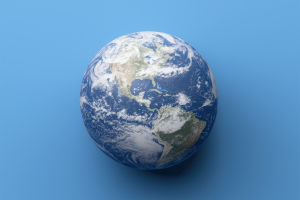Tides, the rhythmic rise and fall of the ocean's surface, are largely caused by the gravitational pull of the moon.
Although the sun also plays a role, the moon's closer proximity to Earth makes it the dominant force behind tidal patterns.
This article explains how the moon's gravity creates tides, the types of tides we experience, and the importance of understanding these natural phenomena for both human and marine life.
On the side of Earth facing the moon, the gravitational pull draws ocean water toward it, creating a high tide. Meanwhile, on the opposite side of Earth, another high tide forms due to centrifugal force—a result of Earth and the moon rotating around a common center of mass.
Between these high tides, the ocean level lowers, creating low tides. As Earth rotates, these tidal bulges shift around the planet, leading to two high and two low tides in most coastal locations every 24 hours.
This consistent cycle of rising and falling water levels is a direct result of the moon's gravitational influence.
Though the moon is the primary factor behind tides, the sun also impacts them. While its gravitational force is weaker than the moon's due to its distance, it still affects tide levels.
When the moon and the sun align during a new or full moon, their combined gravitational pull produces higher high tides, known as spring tides. This alignment intensifies the gravitational effect, making tides higher than usual.
Tidal patterns vary by location, and there are three main types:
1. Diurnal Tides: Some regions, like parts of the Gulf of Mexico, experience only one high and one low tide each day, a pattern known as diurnal tides.
2. Semi-Diurnal Tides: Common along the Atlantic coast, semi-diurnal tides produce two high and two low tides of roughly equal height each day.
3. Mixed Tides: Areas like the Pacific coast often experience mixed tides, with two high and two low tides of varying heights each day, creating a unique pattern where one tide is higher than the other.
Tides significantly impact human activities and marine life. Coastal communities and fishermen rely on tides for navigation and safety. Tides also play a crucial role in coastal ecosystems, distributing nutrients that support diverse marine species.
For scientists, studying tides helps them understand the moon's effects on Earth, water movement, and even planetary stability. Knowledge of tides is essential for predicting and managing coastal erosion, storm surges, and flooding, issues that are growing in importance with climate change.
Tides are a fascinating natural phenomenon largely driven by the moon's gravitational pull, with some influence from the sun. These cycles shape coastlines, support marine ecosystems, and affect human activities along coastlines.
By understanding the moon's role in causing tides and recognizing the patterns they create, we gain insight into the dynamic relationship between Earth and its closest celestial neighbor.


